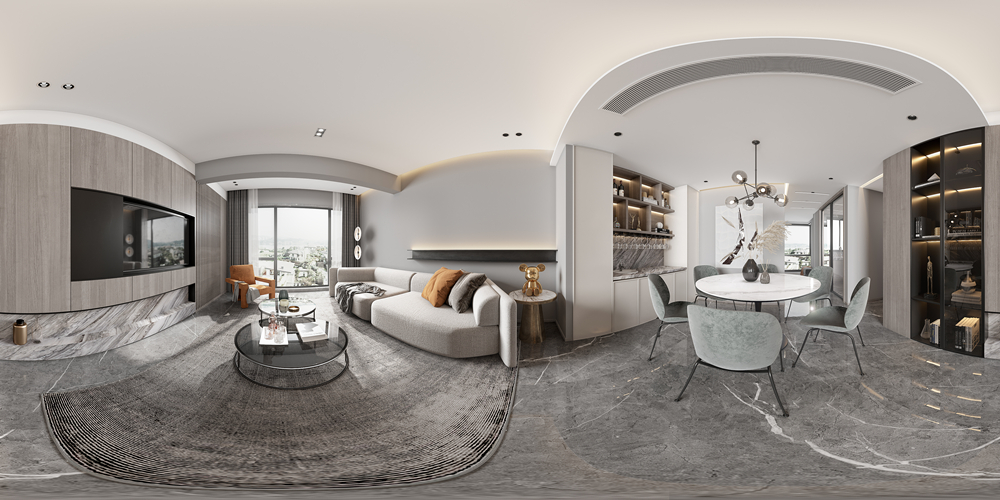
Unleashing Your Panorama Video Vision: A Practical Guide
Panorama videos have become a powerful medium for storytelling, allowing you to capture expansive scenes and share immersive experiences. Whether you're documenting a beautiful landscape, a lively event, or a unique perspective, learning how to take panorama videos effectively can help you bring your creative vision to life. Here’s a practical guide to get you started.

Ⅰ、Assembling the Right Tools
The quality of your equipment plays a significant role in the outcome of your panorama video. While many smartphones come with basic panorama - shooting features, a dedicated camera with manual controls offers more flexibility. Look for a camera that enables you to adjust focus, exposure, and white balance as per the scene requirements. A tripod is non - negotiable; it provides stability, ensuring smooth footage. For dynamic and fluid movements, consider adding a gimbal to your gear. Before heading out, make sure your storage device has enough space and your battery is fully charged.
Ⅱ、Pre - Shoot Planning
Planning is crucial for a successful panorama video shoot. Scout your location in advance to identify the best vantage points that offer a wide and visually appealing view. Pay attention to the time of day, as lighting can greatly impact the mood and quality of your video. The soft glow of the golden hour, either at sunrise or sunset, often results in more captivating footage. Decide on the starting and ending points of your pan, and visualize the path the camera will take. Consider any moving elements in the scene and how they can contribute to the overall composition.
Ⅲ、Mastering Camera Settings
Proper camera settings are essential for a high - quality panorama video. Set the focus manually to ensure the entire scene is sharp from foreground to background. Adjust the exposure based on the lighting conditions; reduce it in bright sunlight to avoid overexposure and increase it in low - light situations to maintain detail. White balance should be adjusted to match the light source, whether it’s natural daylight, indoor lighting, or something else. Understanding and fine - tuning these settings gives you greater control over the final look of your video.
Ⅳ、Shooting Techniques
When shooting, start recording at your planned starting point and pan the camera slowly and steadily. Smooth movements are key; jerky motions can disrupt the flow of the video and make it less engaging. If you're using a gimbal, let it guide the movement for a more professional - looking result. Keep an eye on the composition of the frame as you pan, ensuring important elements are properly framed and not cut off. For very wide scenes, you may need to make multiple passes and stitch the videos together during the editing process.
V、Post - Production Magic
After capturing your footage, the editing stage is where you can truly unleash your creativity. Trim any unnecessary parts at the beginning and end of the clips. Adjust the color, contrast, and saturation to enhance the visual appeal. You can also add music, sound effects, or voice - overs to create a more immersive experience. Use video editing software that offers features for seamless stitching of panorama videos and correction of any distortion or alignment issues. With careful editing, you can transform your raw footage into a panorama video that perfectly reflects your vision.